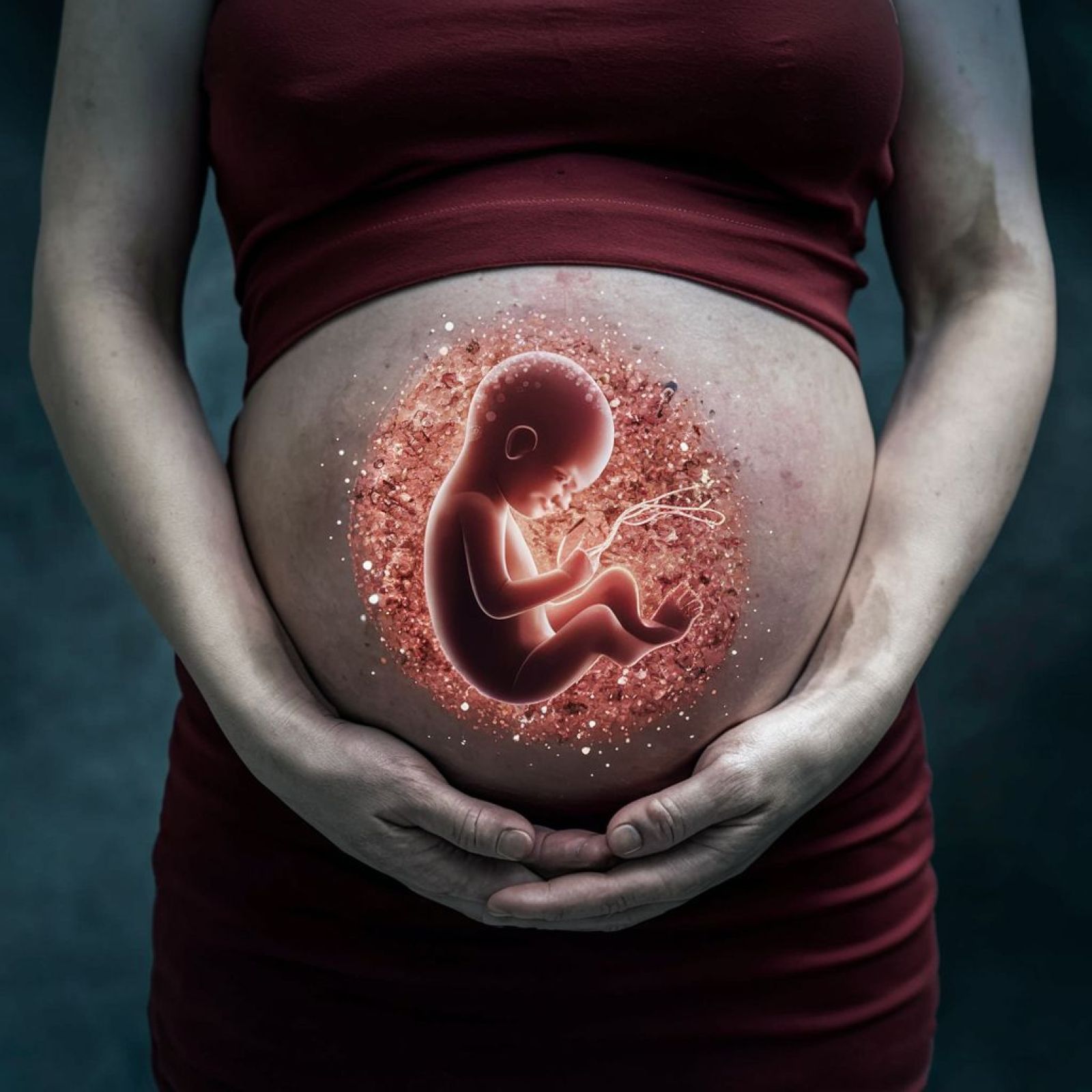The Impact of Microplastics on Child Development: Growth Impairment and Hormonal Issues
The Impact of Microplastics on Child Development: Growth Impairment and Hormonal Issues
Microplastics are tiny plastic particles less than 5 millimeters in size that have infiltrated our environment and food chain. From bottled water to seafood, these particles are almost impossible to avoid. While the impact of microplastics on adults has been widely studied, their effects on children’s growth and development are particularly concerning. In this blog post, we’ll explore how microplastics can affect children’s health, focusing on growth impairment and hormonal disruption.
Why Are Microplastics a Concern for Children?
Children are more vulnerable to environmental toxins because their bodies are still developing. Here are some reasons why microplastics pose a unique risk:
- Immature Immune Systems: Children’s bodies are less capable of detoxifying harmful substances.
- Higher Exposure Rates: Due to their smaller size and faster metabolism, they absorb more contaminants relative to body weight.
- Developmental Sensitivity: Disruptions during growth can lead to long-term health issues.
How Microplastics Enter the Body
Microplastics can enter the body through several pathways:
- Ingestion: Consuming contaminated food and water.
- Inhalation: Breathing in airborne plastic particles.
- Dermal Absorption: Contact with plastic-containing products.
Effects of Microplastics on Child Development
The presence of microplastics in the body can have profound effects on children’s growth and development. Here’s how:
1. Growth Impairment
- Nutrient Absorption Issues: Microplastics can interfere with the absorption of essential nutrients, leading to deficiencies that impair growth.
- Gastrointestinal Disruption: Ingested microplastics can cause inflammation and gut microbiota imbalance, affecting digestion and nutrient uptake.
- Stunted Physical Development: Reduced nutrient absorption may result in slower growth rates and developmental delays.
Real-Life Example:
Studies have shown that animals exposed to high levels of microplastics exhibit reduced growth and altered metabolism, raising concerns about similar effects in humans.
2. Hormonal Disruption
- Endocrine-Disrupting Chemicals (EDCs): Microplastics can carry chemicals like BPA and phthalates, which interfere with hormone regulation.
- Altered Puberty Timing: Exposure to these substances may lead to early or delayed puberty.
- Thyroid Function Interference: Hormonal imbalances can affect metabolism, energy levels, and brain development.
Real-Life Example:
Research has indicated that BPA exposure is linked to abnormal hormone levels and developmental problems, highlighting the risks posed by plastic particles.
Preventing Microplastic Exposure
While eliminating exposure entirely is nearly impossible, there are ways to reduce the risks:
- Avoid Plastic Bottles: Choose stainless steel or glass alternatives.
- Limit Processed Foods: They often contain microplastic particles.
- Filter Tap Water: Use a high-quality water filter to reduce plastic contamination.
- Opt for Natural Fibers: Choose clothing and textiles made from organic materials to reduce airborne plastic fibers.
Raising Awareness and Taking Action
Parents, educators, and healthcare professionals should work together to minimize children’s exposure to microplastics. Educating families about safe practices and advocating for reduced plastic use can help create a safer environment for future generations.
Final Thoughts
The growing presence of microplastics in our environment poses a serious threat to children’s health and development. By understanding the risks and taking proactive measures, we can help protect our children from the harmful effects of plastic pollution. Let’s work together to create a safer and healthier future for the next generation.
Amazon best seller






Comments